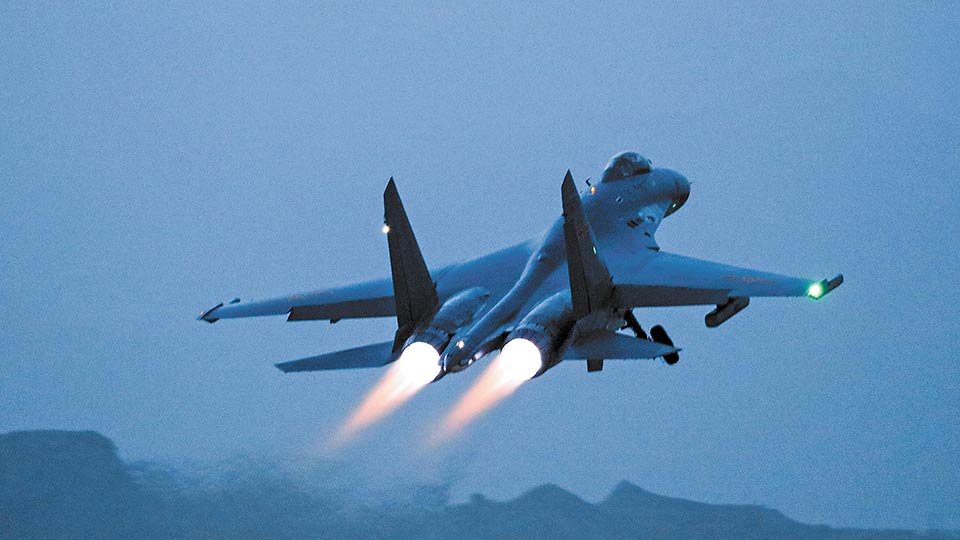By Lan Shunzheng
According to the US Space Force's Space and Missile Systems Center (SMC), the US Space Force has recently started operating a new offensive weapon system, dubbed Counter Communications System Block 10.2 (CCS B10.2). It is a transportable ground-based communications jammer that can block adversary satellite communications. Being combat-ready, the upgraded version is "the only offensive system in the United States Space Force arsenal".
Whether the claim is true or not, the mere combination of US, space, and assault is enough to make the international community worry about space security.
From approving the establishment of the Space Force to the all-out efforts to develop space combat capabilities, the US has been taking big strides in militarizing the space. According to the Fiscal Year 2021 Budget Request released by the US Department of Defense (DoD) on February 10, the newly formed Space Force requested an account of USD15.4 billion to deal with emerging space threats and upgrade its space operations from combat assistance to direct engagement.
Evidently, the US Space Force, no longer content with taking a back seat to other services, is planning on an independent operation. With identity, structure, personnel, and capital already in place, the Space Force now embraces its weapon and forms offensive combat capability with the launch of SMC's CCS B10.2.
Documents show that the Counter Communications System was first introduced to the US Air Force in 2004 and has been upgraded with new technologies and frequency bands ever since. An updated version CCS B10.1 was commissioned in 2014. The SMC described CCS B10.2 as offering the operators more options of sabotaging adversary satellite communications. On the surface, the CCS only causes "soft kill" as it only reversibly disturbs the enemy satellite with electromagnetic waves. It seems to be much less destructive than space-based weapons, kinetic weapons and other weapons that can inflict "hard kill" on the enemy's space assets. The problem is that electromagnetic jamming is of such low cost and low technical threshold that apart from a space power like the US, other countries, even regional organizations, can access it. Therefore, this new offensive weapon system by the US may likely set an example for other parties, not only accelerating the emergence of similar weapons but also prompting the owners to use it at the first opportunity during conflicts.
It is generally believed that the first attacking party will take the upper hand in space warfare as platforms there are regarded as easy to attack but difficult to defend. This is because space systems are extremely costly and so fragile that they are hard to repair once damaged, and their route is highly predictable because of their relatively fixed trajectory. Since the attacker gains much more than what it pays, the belief in "offense is the best defense" will propel the conflicting parties to take the initiative to attack in possible space battles. In other words, the launch of satellite-targeted weapon systems will seriously damage the peace and strategic stability in the space. Compared to the damages that may be caused by America's new space weapon, what calls for more alert is whether it will trigger massive space conflicts that can seriously threaten the space peace and security.

















